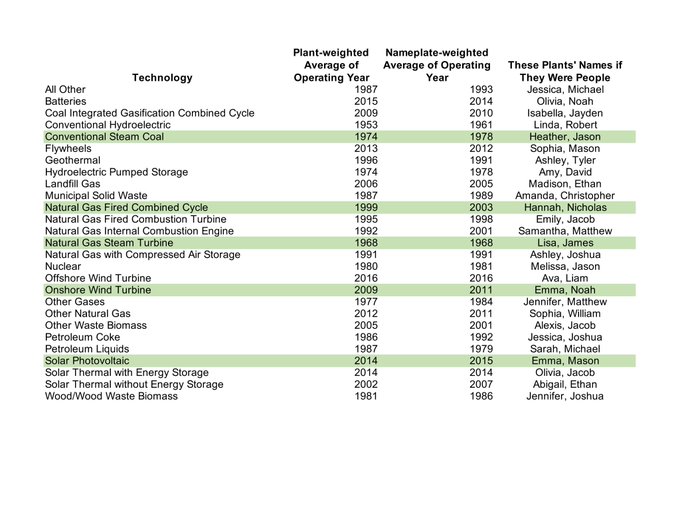
EGEB: Northeast tops for small-scale wind, SoCal energy storage, and more
In today’s EGEB:
- The Northeast is leading the way for small-scale wind projects.
- Picking energy storage over natural gas in Southern California.
- Wind and solar will require a $13 trillion investment to hit emissions reduction targets.
- How old is the average US plant for different types of power?
- India’s “Solar Sahelis” bring solar to rural communities.
Electrek Green Energy Brief: A daily technical, financial, and political review/analysis of important green energy news.
While the windy Plains states lead the US in electricity generation from wind energy, a report from the US Energy Information Administration finds that when it comes to small-scale projects that might be used by homes and businesses, the Northeast leads the way.
The region is tops in net-metered wind electricity generation capacity, with faster growth than the rest of the US. The US EIA notes:
Although the amount of net-metered wind in the United States is small — just 0.2% of all U.S. wind capacity in 2017 — much of it has come online in the past few years because of state policies that encourage new small-scale wind turbines.
U.S. net-metered wind capacity reached 204 MW across nearly 7,000 installations in 2017. This is just a sliver of what solar does: there were 15,800 MW of net-metered solar photovoltaic systems across 1.7 million installations in 2017.
Massachusetts is far and away the top state in net-metered capacity, followed by Ohio, California, and fellow Northeast states Rhode Island and New York.
SoCal Storage
Southern California Edison was preparing to go with a natural gas peaker plant to meet local energy needs around Oxnard, but the community intervened. Now, capacity will instead be met by a 100 MW/400MWh system from Strata Solar, subject to regulator approval.
Greentech Media has the story, which details how the project changed course. Earthjustice attorney Matt Vespa said,
“The big takeaway is the power of community opposition. Puente was viewed as a done deal. […] It was going to be on the beach, and now we have clean energy investment in that community instead of a gas plant.”
Southern California Edison plans to complement the large battery with smaller 10-40 MW batteries.
Upping The Investment
New research from banking corporation ING details what it might take to cut global energy-related CO2 emissions 64% by 2050, and to no one’s surprise, the answer is: a massive investment in solar and wind power.
An estimated $13 trillion of wind and solar investments are needed to hit those marks. ING says a “low carbon global economy would more than double the demand for power, from 27,000 terawatt hours (TWh) to 57,000 TWh.”
Even with this amount of funding, ING says the scenario would hit 2050 targets, but miss 2030 targets. It focuses on “the substitution of oil, coal and gas for wind and solar energy sources. These are a crucial factor behind the reduction in CO2 emissions. We believe the scenario is realistic as it factors in sensible implementation pathways of new technologies. It also does not include still highly uncertain technologies like nuclear fusion.”
Another recent study said we could realistically reach 100% renewable energy across all sectors by 2050, with solar power leading the way.
Power Plants by Average Age
The average age of US power plants…and what their names might be, based on popular names of the time:
Solar Sahelis
CNBC reports on “Solar Sahelis,” women in India who have earned more than $2 million in income by selling solar power solutions to rural communities. These solutions include not just solar home systems, but products like appliances that run on renewable energy.
The sales infrastructure put in place by Frontier Markets has given birth to a new segment of entrepreneurs, as well as new, helpful technology to many Indians who live in areas without any infrastructure or electricity.









